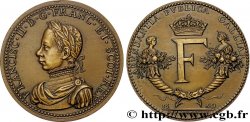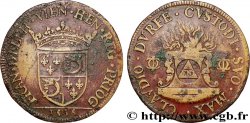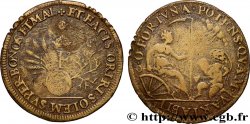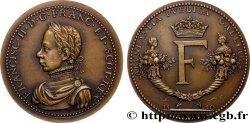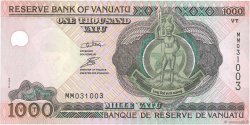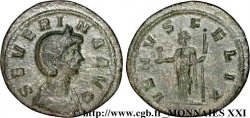fjt_714723 - FRANÇOIS II Chambre des comptes (?) 1560
non disponibile.
Articolo venduto sul nostro negozio (2025)
Prezzo : 45.00 €
Articolo venduto sul nostro negozio (2025)
Prezzo : 45.00 €
Tipo : Chambre des comptes (?)
Data: 1560
Metallo : ottone
Diametro : 28 mm
Asse di coniazione : 1 h.
Peso : 3 g.
Orlo : lisse
Grado di rarità : R1
N° nelle opere di riferimento :
Pedigree :
Exemplaire provenant de la Collection MARINECHE
Diritto
Titolatura diritto : FRANCIA. DICTA. EST. PRVDENTIA.
Descrittivo diritto : Grand F couronné, cerné de deux palmes et de deux serpents.
Traduzione diritto : POUR LA RICHESSE DE LA FRANCE.
Rovescio
Titolatura rovescio : FELICITAS. PVBLICA.
Descrittivo rovescio : La Félicité.
Commento
François II (Fontainebleau, le 19 janvier 1544 - Orléans, le 5 décembre 1560), fut roi de France du 10 juillet 1559 à sa mort.
Fils aîné d'Henri II et de Catherine de Médicis, il monte sur le trône de France à l'âge de quinze ans après la mort accidentelle de son père le 10 juillet 1559. Son règne éphémère n’a duré qu'un an et cinq mois mais constitue un prélude majeur au déclenchement des guerres de religion.
Son règne est en effet marqué par une importante crise religieuse. À son avènement, il confie les rênes du gouvernement aux Guise, les oncles de son épouse Marie Stuart, reine d'Écosse, partisans d’une politique de répression à l'égard des protestants. Après la conjuration d’Amboise, il entame la mise en place d'une conciliation à l'égard des réformés mais se montre implacable face aux émeutiers qui mettent à mal son autorité dans les provinces.
Son règne est également marqué par l'abandon de l'Écosse, du Brésil et sous l’effet du Traité du Cateau-Cambrésis, de la Corse, de la Toscane, de la Savoie et de la quasi-totalité du Piémont. Il marque, au profit de l’Espagne, le point de départ de l’affaiblissement de l’influence française en Europe.
Pour de développement de sa biographie, voir http://fr.wikipedia.org/wiki/Fran%C3%A7ois_II_de_France.
Francis II (Fontainebleau, January 19, 1544 - Orléans, December 5, 1560), was King of France from July 10, 1559 until his death.
Eldest son of Henry II and Catherine de Medici, he ascended the throne of France at the age of fifteen after the accidental death of his father on July 10, 1559.. His short reign lasted only a year and five months but constituted a major prelude to the outbreak of the Wars of Religion..
His reign was in fact marked by a major religious crisis.. Upon his accession, he entrusted the reins of government to the Guises, the uncles of his wife Mary Stuart, Queen of Scots, who supported a policy of repression against Protestants.. After the Amboise conspiracy, he began to establish a conciliation with regard to the reformers but showed himself implacable in the face of the rioters who undermined his authority in the provinces..
His reign was also marked by the abandonment of Scotland, Brazil and, under the effect of the Treaty of Cateau-Cambrésis, Corsica, Tuscany, Savoy and almost all of Piedmont.. It marks, to the benefit of Spain, the starting point of the weakening of French influence in Europe.
For more on his biography, see http://fr. Wikipedia. org/wiki/Fran%C3%A7ois_II_de_France
Fils aîné d'Henri II et de Catherine de Médicis, il monte sur le trône de France à l'âge de quinze ans après la mort accidentelle de son père le 10 juillet 1559. Son règne éphémère n’a duré qu'un an et cinq mois mais constitue un prélude majeur au déclenchement des guerres de religion.
Son règne est en effet marqué par une importante crise religieuse. À son avènement, il confie les rênes du gouvernement aux Guise, les oncles de son épouse Marie Stuart, reine d'Écosse, partisans d’une politique de répression à l'égard des protestants. Après la conjuration d’Amboise, il entame la mise en place d'une conciliation à l'égard des réformés mais se montre implacable face aux émeutiers qui mettent à mal son autorité dans les provinces.
Son règne est également marqué par l'abandon de l'Écosse, du Brésil et sous l’effet du Traité du Cateau-Cambrésis, de la Corse, de la Toscane, de la Savoie et de la quasi-totalité du Piémont. Il marque, au profit de l’Espagne, le point de départ de l’affaiblissement de l’influence française en Europe.
Pour de développement de sa biographie, voir http://fr.wikipedia.org/wiki/Fran%C3%A7ois_II_de_France.
Francis II (Fontainebleau, January 19, 1544 - Orléans, December 5, 1560), was King of France from July 10, 1559 until his death.
Eldest son of Henry II and Catherine de Medici, he ascended the throne of France at the age of fifteen after the accidental death of his father on July 10, 1559.. His short reign lasted only a year and five months but constituted a major prelude to the outbreak of the Wars of Religion..
His reign was in fact marked by a major religious crisis.. Upon his accession, he entrusted the reins of government to the Guises, the uncles of his wife Mary Stuart, Queen of Scots, who supported a policy of repression against Protestants.. After the Amboise conspiracy, he began to establish a conciliation with regard to the reformers but showed himself implacable in the face of the rioters who undermined his authority in the provinces..
His reign was also marked by the abandonment of Scotland, Brazil and, under the effect of the Treaty of Cateau-Cambrésis, Corsica, Tuscany, Savoy and almost all of Piedmont.. It marks, to the benefit of Spain, the starting point of the weakening of French influence in Europe.
For more on his biography, see http://fr. Wikipedia. org/wiki/Fran%C3%A7ois_II_de_France







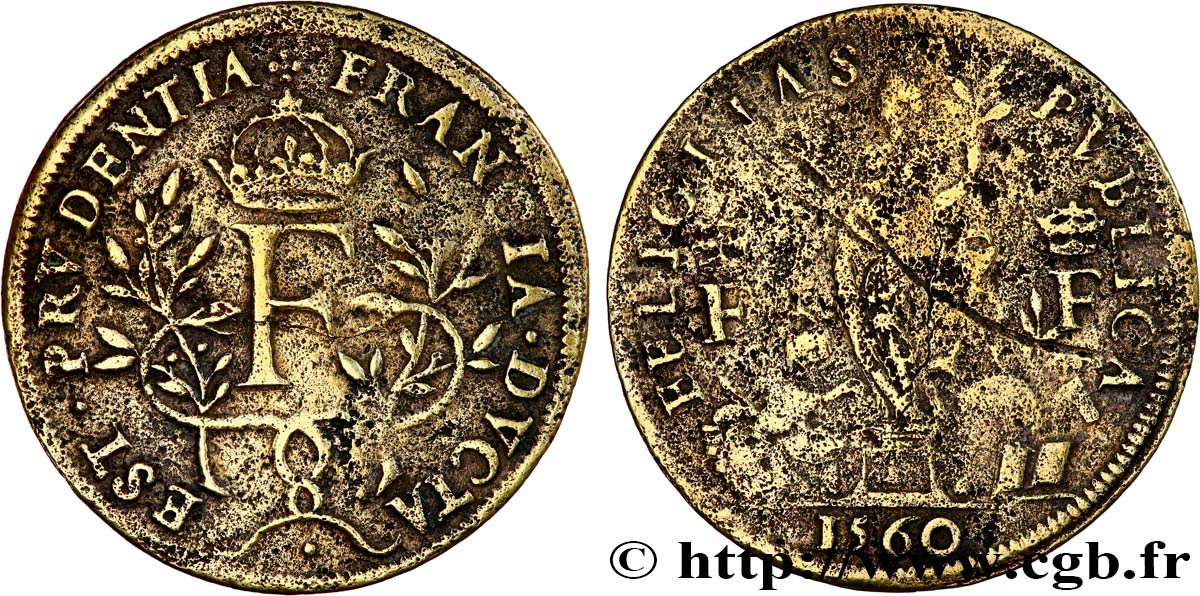
 Segnalare un errore
Segnalare un errore Stampate la pagina
Stampate la pagina Condividi mia selezione
Condividi mia selezione Fai una domanda
Fai una domanda Consegnare / vendere
Consegnare / vendere
 Descrittivo
Descrittivo